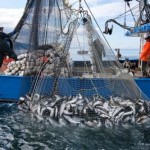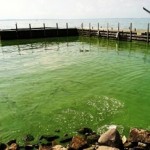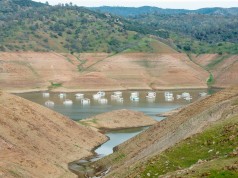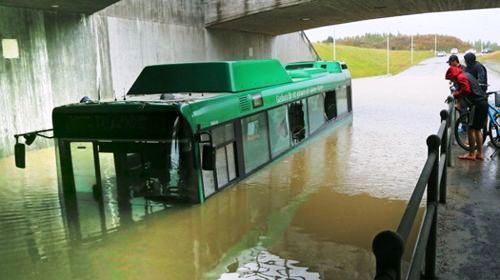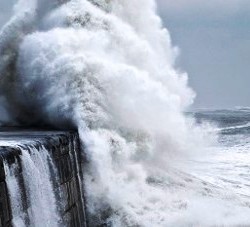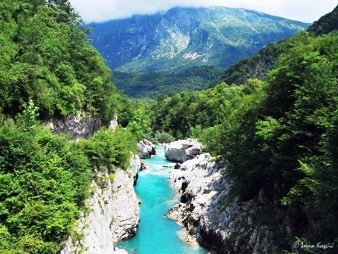The confirmed size of the 2013 Gulf hypoxic zone will be released in August, following a monitoring survey led by the Louisiana Universities Marine Consortium beginning in late July, and the result will be used to improve future forecasts. The final measurement in the Chesapeake will come in October following surveys by the Chesapeake Bay Program’s partners from the Maryland Department of Natural Resources and the Virginia Department of Environmental Quality.
Despite the Mississippi River/Gulf of Mexico Nutrient Task Force’s goal to reduce the dead zone to less than 2,000 square miles, it has averaged 5,600 square miles over the last five years. Demonstrating the link between the dead zone and nutrients from the Mississippi River, this annual forecast continues to provide guidance to federal and state agencies as they work on the 11 implementation actions outlined by the Task Force in 2008 for mitigating nutrient pollution.
Source: NOAA.
Notes:
NOAA’s National Ocean Service has been funding investigations and forecast development for the dead zone in the Gulf of Mexico since 1990, and oversees national hypoxia research programs which include the Chesapeake Bay and other affected bodies of water.
USGS operates more than 3,000 real-time stream gauges and collects water quality data at numerous long-term stations throughout the Mississippi River basin and the Chesapeake Bay to track how nutrient loads are changing over time.
The National Centers for Coastal Ocean Science is the coastal science office for NOAA’s National Ocean Service.
NOAA’s mission is to understand and predict changes in the Earth’s environment, from the depths of the ocean to the surface of the sun, and to conserve and manage our coastal and marine resources.




